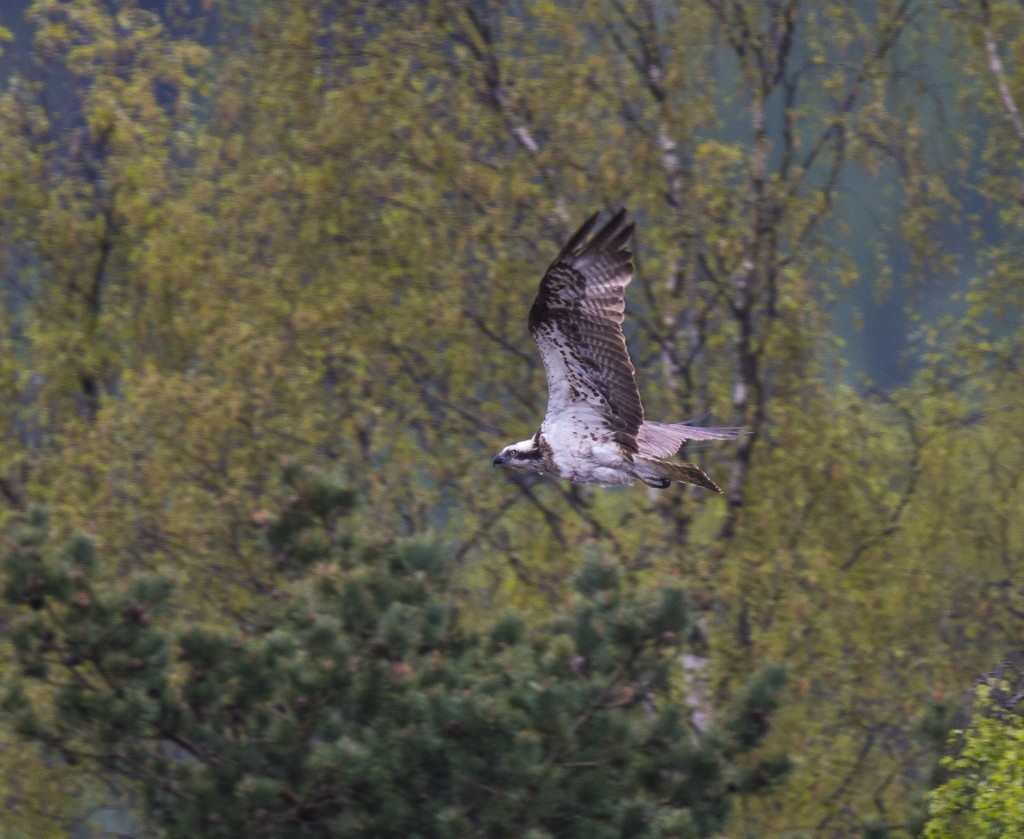Osprey Diary 21st July
We are still receiving lots of good osprey questions via email to : ospreys@swt.org.uk. What’s yours?
Q: I keep seeing movement of small birds on the osprey nest – what are they and why are they there?
A: There have been lots of small visitors to the osprey’s nest- blue tits, great tits, and even a young Great Spotted Woodpecker this morning. These birds are often seen on and around the nest tree but have gotten a bit bolder now no ospreys are in full time residence. They are being attracted by the tiny insects inhabiting the nest lining and structure- these are living off the scraps of old fish, bird feaces and feather dander.
Q: When will “Lady” leave on migration this year?
A: This is difficult to answer- she is on the loch today sitting on flat top tree this morning so she is still around. Last time she failed to breed in 2011 she stayed around until 7th August which is just a wee bit earlier to leave on autumn migration than usual. What she will do this season is anyone’s guess right now.
Q: As the ospreys haven’t raised any young this year will they return to the nest next year?
A: Yes, if they both survive the winter and migration, they will come back to the same nest and try again. Their loyalty to a successful nest site is very strong and one year of failure won’t be enough to put them off.
Q: Do ospreys breed every year? How many chicks do they usually produce over a lifetime?
A: Yes ospreys generally breed every year, starting at between 3 and 5 years old and continuing as long as they survive-average life expectancy is estimated to be between 10-15 years in most osprey populations.
On average most pairs have 2 chicks per year with good years of three chicks balancing out poor years of only one or even none. From an ospreys perspective therefore, one year without producing chicks isn’t a huge deal in terms of lifelong productivity but when you have a species trying to recover from local extinction it is a lost opportunity.
All this just goes to highlight how remarkable the achievement of our female osprey is- 50 chicks have survived to fledging from her nest so far!

Ranger Emma
Help protect Scotland’s wildlife
Our work to save Scotland’s wildlife is made possible thanks to the generosity of our members and supporters.
Join today from just £3 a month to help protect the species you love.
Preface
We are still receiving lots of good osprey questions via email to : ospreys@swt.org.uk. What’s yours? Q: I keep seeing movement of small birds on the osprey nest – what …
